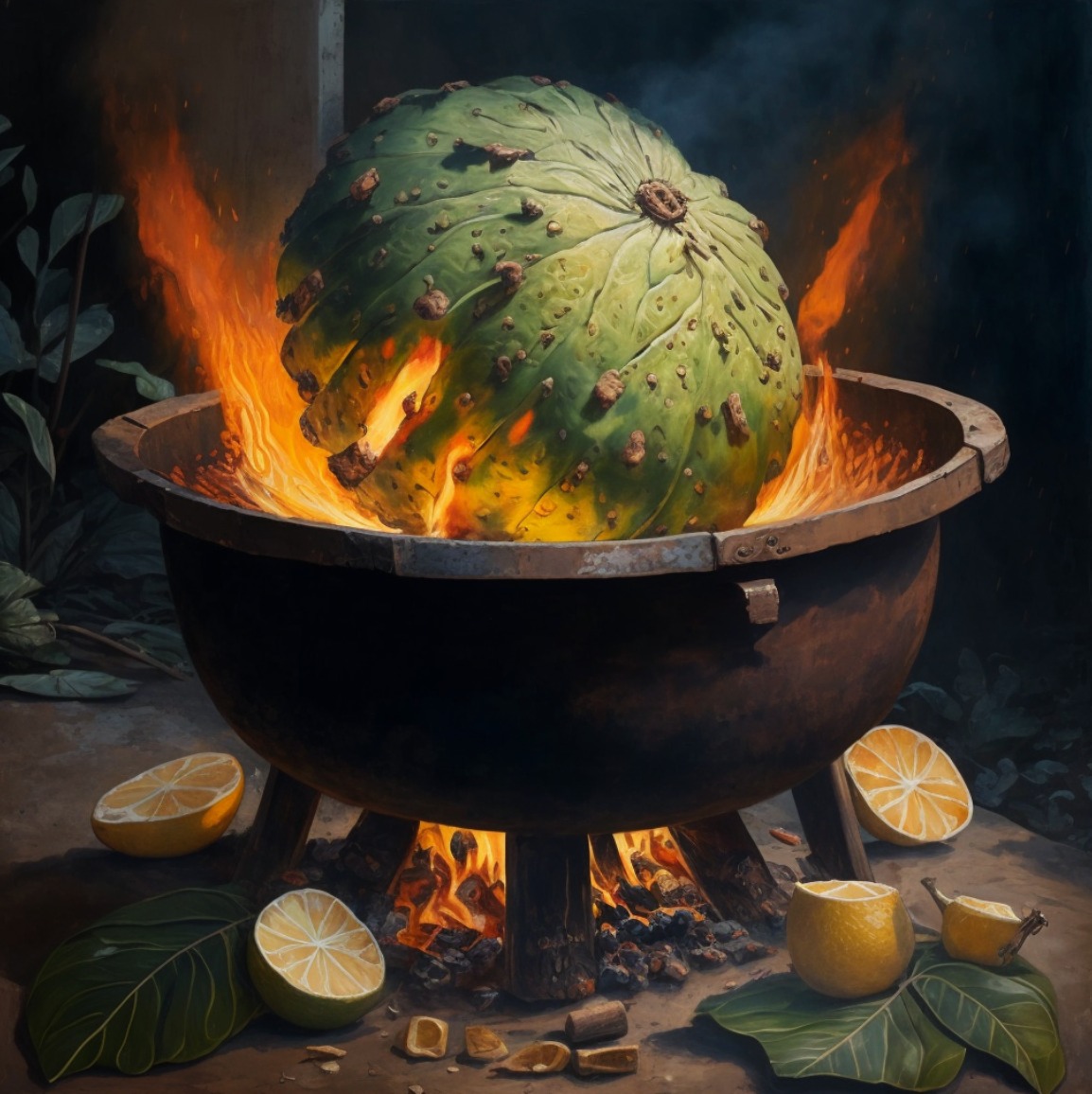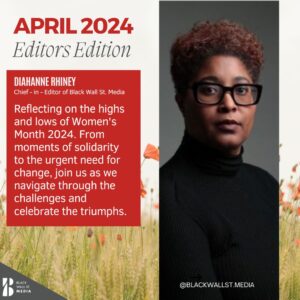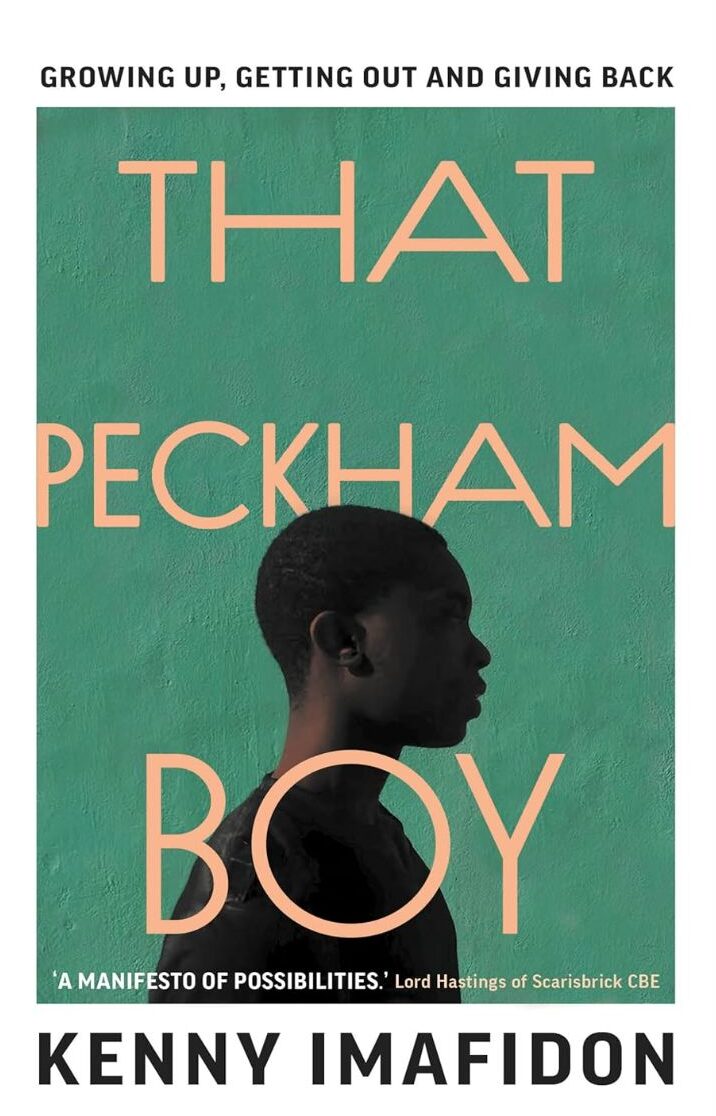FOOD
Alexander Anderson: The Botanist Who Shaped the Caribbean's Agricultural Landscape

In the lush landscapes of the Caribbean, where vibrant flora and diverse plant life thrive, one man’s passion for botany played a pivotal role in shaping the region’s agricultural destiny.
Alexander Anderson, born in Aberdeen, Scotland, emerged as a key figure in the botanical history of the Caribbean, leaving an indelible mark on the islands’ horticultural legacy.
Anderson’s journey into the world of plants began under the mentorship of William Forsyth, the head of the Chelsea Physic Garden in London. Forsyth, well-connected and influential, opened doors for Anderson, fostering a fascination with botany that would define his life’s work.
In 1774, Anderson ventured across the Atlantic to seek employment as a gardener in New York. During his time in the New World, he maintained a prolific correspondence with botanical luminaries such as William Forsyth and Joseph Banks.
His dedication to networking and sharing botanical specimens established a global web of connections that would prove invaluable in his future endeavors.
As the American Revolution unfolded, Anderson sought refuge in Surinam to avoid military conscription.
His botanical expertise found purpose in identifying medicinal plants at the British military hospital in St. Lucia alongside Dr. George Young. This collaboration set the stage for Anderson’s pivotal role in the Caribbean.
In 1784, Anderson became the first European to ascend the Soufriere, the highest peak in St. Vincent.
Recognizing his expertise and field experience, Dr. Young recommended Anderson as the successor to the superintendent of the botanical garden. Anderson’s formal appointment came in 1785, a position he held until his passing in 1811.
One of Anderson’s significant contributions was receiving a shipment of 500 breadfruit suckers from Tahiti in 1793, sent by Captain William Bligh.
Charged with supplying British possessions, including Grenada, Anderson played a vital role in introducing breadfruit to the Caribbean.
The timeline raises questions about the arrival of breadfruit specimens amidst historical upheavals in Grenada. The island witnessed political turmoil, including the rebellion led by Julian Fedon in 1795-1796.
Anderson’s role in distributing breadfruit during this period remains an intriguing aspect of Caribbean botanical history.
While the specifics of Anderson’s interactions with Grenadian planters during these tumultuous times remain elusive, the legacy of his efforts endures.
Breadfruit, introduced by Anderson, became a staple in every Grenadian parish and kitchen, contributing to the rich tapestry of Caribbean culture and nutrition.
This exploration of Alexander Anderson’s botanical journey aligns with the mission of the Trees That Feed Foundation, highlighting the historical roots of breadfruit in the Caribbean and its transformative impact on the region’s agricultural landscape.
Black Wall St. MediaContributor










